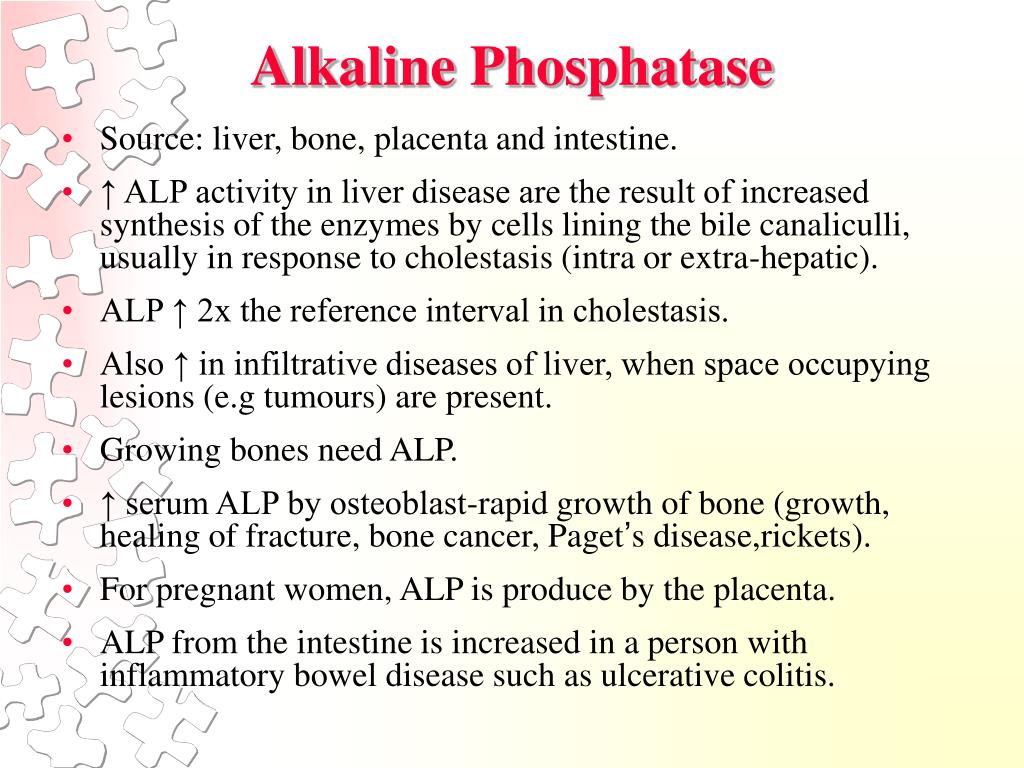If your veterinarian mentioned high alkaline phosphatase (ALP) levels in your dog, you’re likely concerned. This guide provides a comprehensive overview of canine ALP, explaining what it is, why it elevates, and what you can do. Understanding ALP isn’t about the number itself, but about unraveling the underlying story it tells about your dog’s health.
What is ALP?
Alkaline phosphatase (ALP) is an enzyme found in several tissues, primarily the liver, bones, and intestines. It plays a vital role in various metabolic processes. Think of enzymes as tiny workers within the body, and ALP is one of the busiest, involved in everything from bone growth to nutrient absorption. When these processes are disrupted, ALP levels in the blood may rise, signaling a potential issue.
Why is My Dog’s ALP High?
Elevated ALP isn’t a disease in itself, but a valuable clue. Several factors can contribute to high ALP in dogs:
Liver-Related Causes
- Liver Disease: This is the most common cause, encompassing conditions like hepatitis (liver inflammation), cirrhosis (liver scarring), and tumors. Cholestasis (blocked bile flow) also commonly contributes.
- Toxins: Ingestion of certain toxins can severely impact liver function and cause ALP to spike.
Bone-Related Causes
- Puppy Growth: Puppies naturally have higher ALP due to rapid bone development. This is usually nothing to worry about, but monitoring is essential.
- Bone Diseases: In adult dogs, elevated ALP related to bone may suggest more serious issues like bone tumors (osteosarcoma, for instance), fractures, or metabolic bone diseases. Delve into the fascinating world of microscopic bone formation and discover the intricate details of a bone spicule.
Other Causes
- Cushing’s Disease (Hyperadrenocorticism): This hormonal disorder, characterized by excessive cortisol production, can stimulate the liver to produce more ALP.
- Medications: Certain drugs, particularly corticosteroids (like prednisone, often used for allergies and inflammation) and phenobarbital (used to manage seizures), can induce ALP elevation as a side effect.
- Gastrointestinal Disorders: Conditions like inflammatory bowel disease (IBD) can sometimes contribute to increased ALP.
- Age and Breed: Some breeds, notably Siberian Huskies, tend to have naturally higher baseline ALP levels. Older dogs may also experience slightly elevated ALP due to benign nodular hyperplasia (a non-cancerous liver condition). This isn’t necessarily cause for concern, but warrants monitoring.
Recognizing the Symptoms
High ALP itself doesn’t cause direct symptoms. The symptoms you observe are related to the underlying condition causing the elevated ALP. These can include:
- Liver-Related: Jaundice (yellowing of the skin and gums), lethargy, vomiting, diarrhea, increased thirst and urination, abdominal pain.
- Bone-Related: Lameness, bone pain, swelling, and fractures.
- Other: Symptoms will vary depending on the underlying cause.
Diagnosing High ALP: Unraveling the Mystery
If your dog’s bloodwork reveals elevated ALP, your veterinarian will become a detective, using various tools to identify the root cause.
- Blood Tests: A complete blood count (CBC), chemistry panel (including liver enzymes), and bile acid tests provide insights into overall health and liver function.
- ALP Isoenzyme Testing: This specialized test identifies the specific type of ALP present (L-ALP from the liver, B-ALP from bone, C-ALP induced by corticosteroids). This helps pinpoint the source of the elevation.
- Imaging: X-rays, ultrasound, CT scans, or MRI may be used to visualize internal organs and identify structural abnormalities.
- Biopsy: In some cases, a small tissue sample (biopsy) might be necessary to reach a definitive diagnosis.
Treatment: Targeting the Root Cause
Treating high ALP isn’t about lowering the number itself, but about addressing the underlying condition causing the elevation. Treatment plans depend entirely on the diagnosis and might include:
- Dietary Changes: A liver-supportive diet can be crucial for managing liver-related issues. These diets are often lower in fat and protein to reduce strain on the liver and may include specific nutrients to promote healing. Curious about expanding a different kind of pet’s palate? Explore the question of whether rabbits can eat blackberries.
- Medications: Various medications may be necessary, such as antibiotics for infections, medications to manage Cushing’s disease, or drugs to support liver function (e.g., SAMe, milk thistle).
- Fluid Therapy: Intravenous fluids can help support hydration and flush out toxins.
- Surgery: In rare cases, surgery may be required to remove tumors, repair damage, or address blockages.
Monitoring, Prognosis, and Ongoing Research
Once treatment begins, regular monitoring of ALP levels and other blood parameters is crucial. The prognosis (long-term outlook) depends entirely on the underlying cause. Early diagnosis and intervention often lead to better outcomes.
Ongoing research continually expands our understanding of ALP and its implications in canine health. Diagnostic and treatment approaches may evolve with new discoveries.
Living with Elevated ALP
If your dog has high ALP, don’t panic. It’s a starting point for investigation, not a final diagnosis. Work closely with your veterinarian, who can determine the underlying cause and develop a tailored treatment plan for your furry friend. By working together, you can navigate this complex issue and ensure your dog receives the best possible care.











